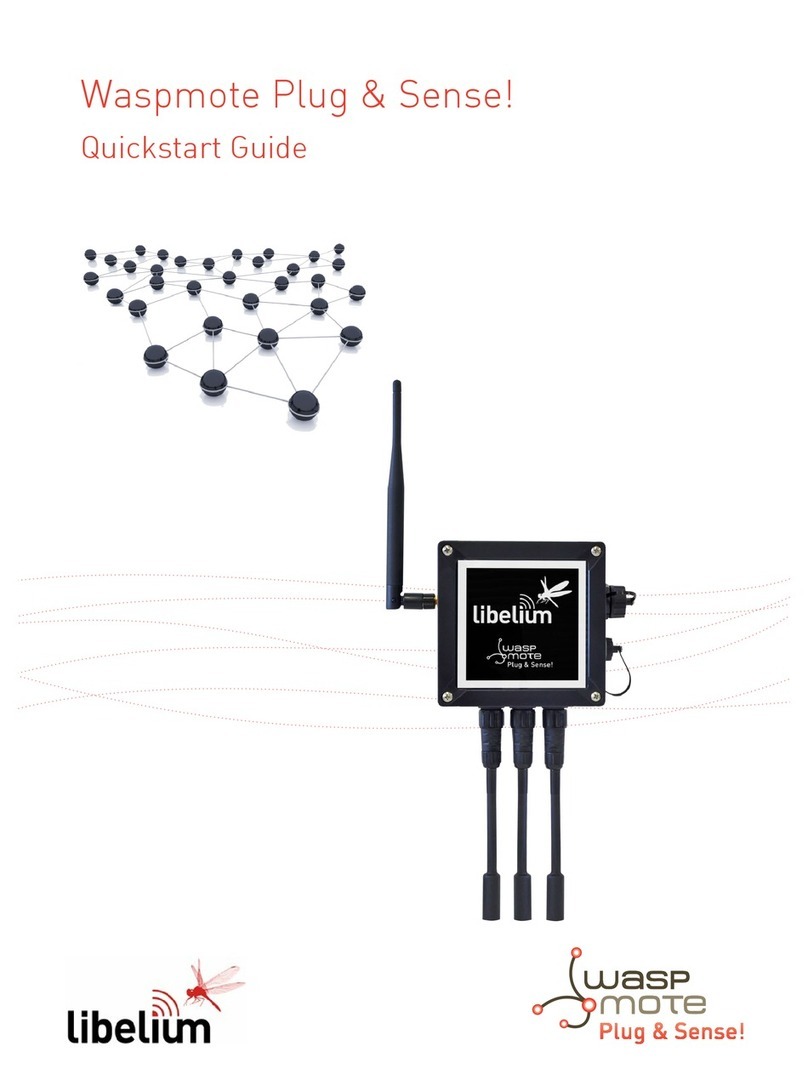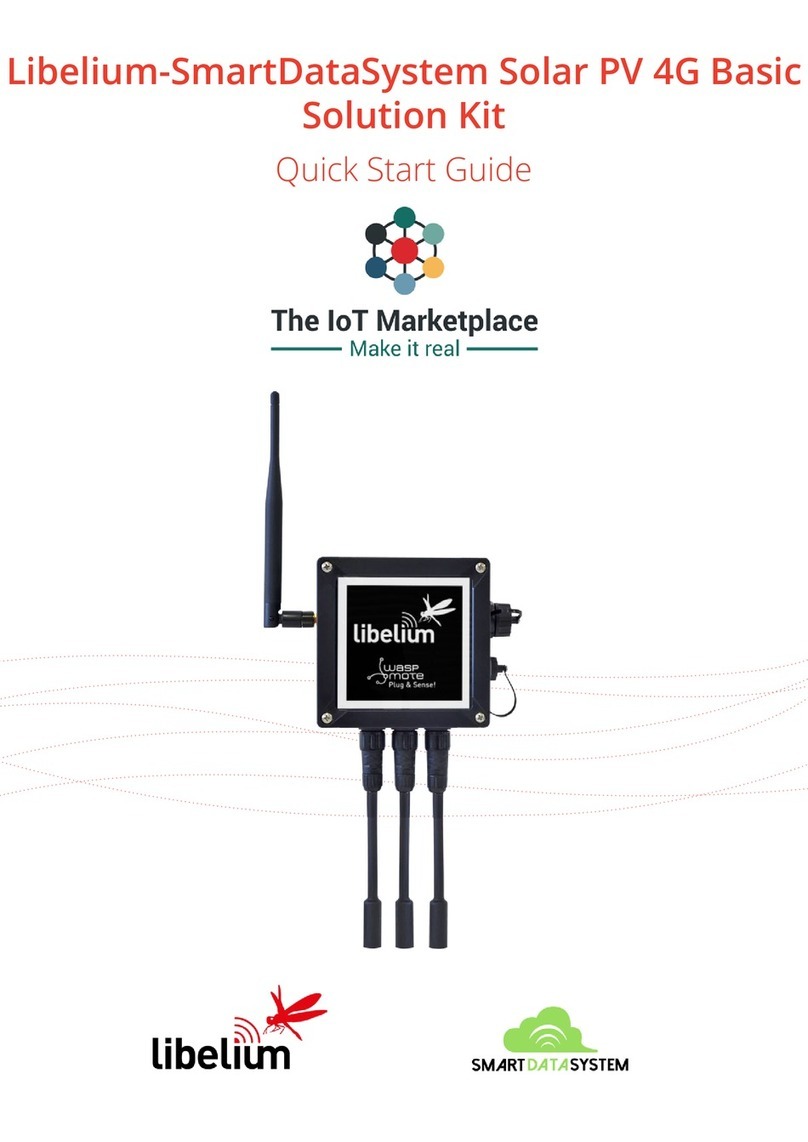
-3- v7.8
Index
5.3.3. Socket.............................................................................................................................................................................34
5.4. Soil temperature sensor (DS18B20)....................................................................................................................................36
5.4.1. Specications...............................................................................................................................................................36
5.4.2. Measurement Process...............................................................................................................................................36
5.4.3. Socket.............................................................................................................................................................................36
5.5. Soil temperature sensor (Pt-1000).....................................................................................................................................37
5.5.1. Specications...............................................................................................................................................................37
5.5.2. Measurement process ..............................................................................................................................................37
5.5.3. Socket.............................................................................................................................................................................38
5.6. Trunk diameter dendrometer (Ecomatik DC3) ...............................................................................................................39
5.6.1. Specications...............................................................................................................................................................39
5.6.2. Installation process....................................................................................................................................................40
5.6.3. Measurement process ..............................................................................................................................................40
5.6.4. Socket.............................................................................................................................................................................41
5.7. Stem diameter dendrometer (Ecomatik DD-S) ..............................................................................................................42
5.7.1. Specications...............................................................................................................................................................42
5.7.2. Installation process....................................................................................................................................................42
5.7.3. Measurement process ..............................................................................................................................................43
5.7.4. Socket.............................................................................................................................................................................44
5.8. Fruit diameter dendrometer (Ecomatik DF) .................................................................................................................... 45
5.8.1. Specications...............................................................................................................................................................45
5.8.2. Installation process....................................................................................................................................................46
5.8.3. Measurement process ..............................................................................................................................................47
5.8.4. Socket.............................................................................................................................................................................49
5.9. Solar radiation sensor - PAR (SQ-110) ................................................................................................................................50
5.9.1. Specications...............................................................................................................................................................50
5.9.2. Measurement process ..............................................................................................................................................51
5.9.3. Socket.............................................................................................................................................................................52
5.10. Ultraviolet Radiation sensor (SU-100) ............................................................................................................................. 53
5.10.1. Specications ............................................................................................................................................................53
5.10.2. Measurement process............................................................................................................................................54
5.10.3. Socket ..........................................................................................................................................................................54
5.11. Weather station (WS-3000) .................................................................................................................................................55
5.11.1. Anemometer .............................................................................................................................................................55
5.11.2. Wind vane...................................................................................................................................................................57
5.11.3. Pluviometer................................................................................................................................................................59
5.12. Ultrasonic Sensor (MaxSonar® from MaxBotix™) ........................................................................................................61
5.12.1. Specications ............................................................................................................................................................61
5.12.2. Measurement Process............................................................................................................................................63
5.12.3. Socket ..........................................................................................................................................................................64
5.13. Luminosity sensor (TSL2561) .............................................................................................................................................65
5.13.1. Specications ............................................................................................................................................................65
5.13.2. Measurement process............................................................................................................................................65
5.14. Sockets for casing...................................................................................................................................................................66





























